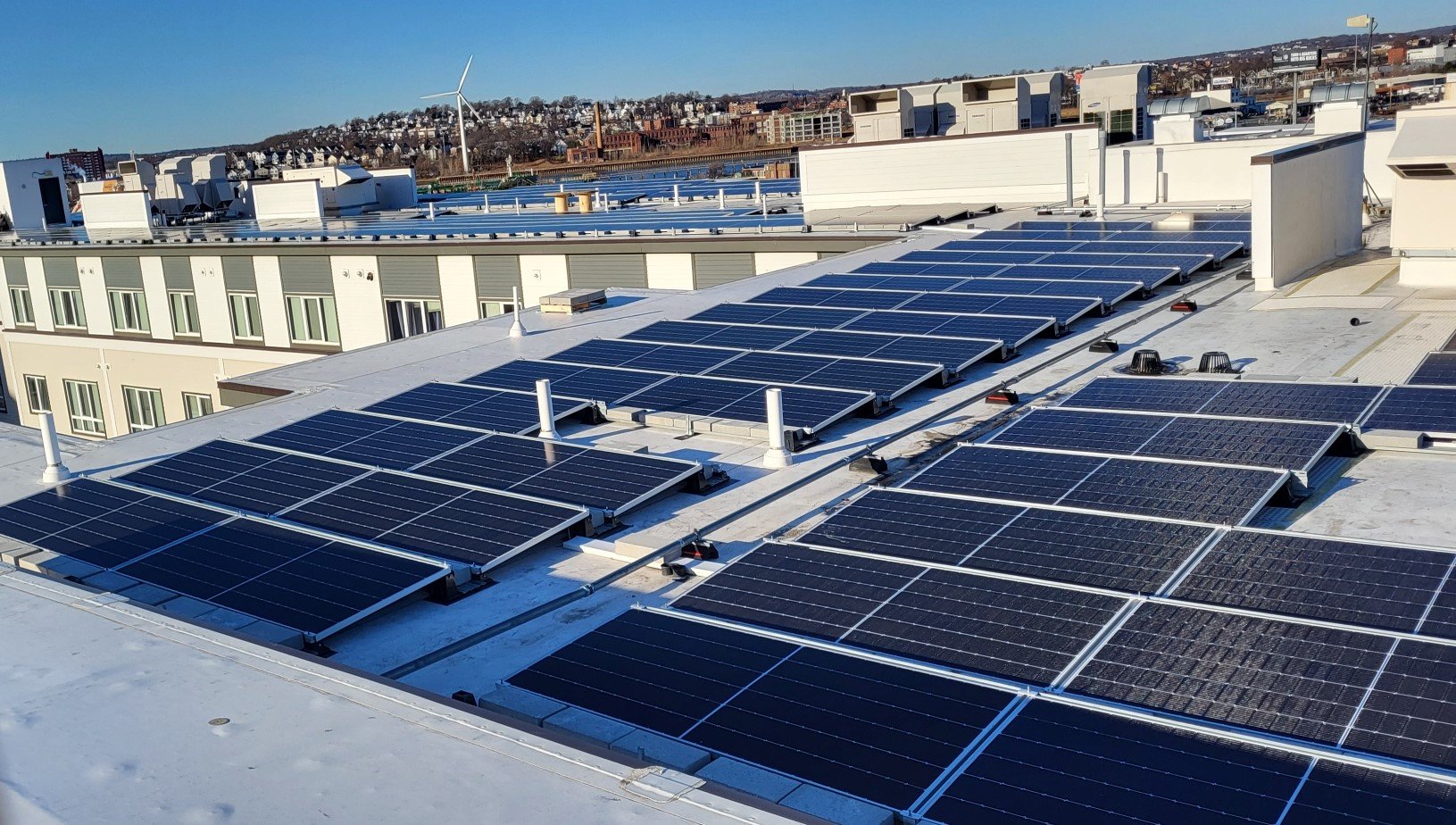2024 is the Year for Your Organization to Save with Solar
An Update on the Inflation Reduction Act
In the last two years, the 2022 Inflation Reduction Act (IRA) has accelerated the growth of solar energy like no other policy before. And 2024 is no exception – the IRA, and specifically, its Investment Tax Credit (ITC) “bonus credits” or “adders,” continue to spur investment in and the development of solar, particularly in low-income communities and U.S. Department of Energy-defined “Energy Communities” – areas historically economically reliant on the fossil fuel industry, that face both the industry’s environmental consequences and high levels of unemployment.
The Department of Energy’s Low-Income Communities Bonus Credit Program Map, accessible here.
In addition to the IRA’s extension of the 30% solar investment tax credit for an additional ten years, the IRA’s tax credit adders raise the maximum possible ITC up to 70% for solar projects in low-income and energy communities. Applications for these adders are set to open at the end of May, though the process will look slightly different than last year. Recent guidance provided by the IRS outlines new eligibility requirements and suggests the need for an updated strategy in applying projects for these adders.
The U.S. Department of Energy shared that in the first round of low-income adder applications, in Q3 of 2023, they received more than 46,000 applications within the first 30 days of the program – a shocking level of demand that is expected to carry over to this year’s program. There has also been a reallocation of capacity, increasing capacity up to 800 MW from 700 MW for low-income community solar projects and decreasing capacity for projects that qualify for the low-income communities adder (down to 600 MW from 700 MW). The number of application submissions the DOE received in 2023, as seen on the program capacity dashboard, suggests that this year it will be crucial to prepare and submit an application as early as possible. This year’s program window opened May 28th, 2024, with the 30-day initial priority window closing June 27th.
A 167 kW Sunwealth solar project at Orient Heights, an affordable housing development owned by Trinity Management in East Boston, MA.
Excitingly, an increased number of projects will qualify for the Energy Communities adder this year according to recent IRS guidance. The IRS has added two additional eligible NAICS codes to the list of qualifying industry codes, which unlocks eligibility for new metropolitan statistical areas (MSAs) and non-MSAs. An updated map reflecting these changes as well as updated local unemployment rates will be released later this month. Six new Massachusetts counties and two new Connecticut counties are among the additions, representing areas of Western Mass and Cape Cod, the New Haven area, and northeastern Connecticut. It’s important to note that these areas are Energy Communities eligible based on unemployment rates that have yet to be updated for the 2024 program year. Overall, the expansion of Energy Communities eligibility is positive, although the exact details remain in flux until the DOE publishes an updated 2024 map.
Nevertheless, this expansion of eligibility is an exciting opportunity for organizations operating in these areas to unlock even more savings with solar. Given the significant potential savings and high demand, it’s crucial to move quickly – please feel free to reach out with any questions or interest, and we’ll be happy to provide further information.
While the demand for these adders remains high, it also remains a time of unprecedented tailwinds for the growth of clean energy and historic opportunities for communities and organizations to unlock meaningful electricity savings. For more information on how your organization can save money with solar, reach out to Walter Gray at wgray@poweroptions.org or Katie Moffitt at katie@sunwealth.com.


